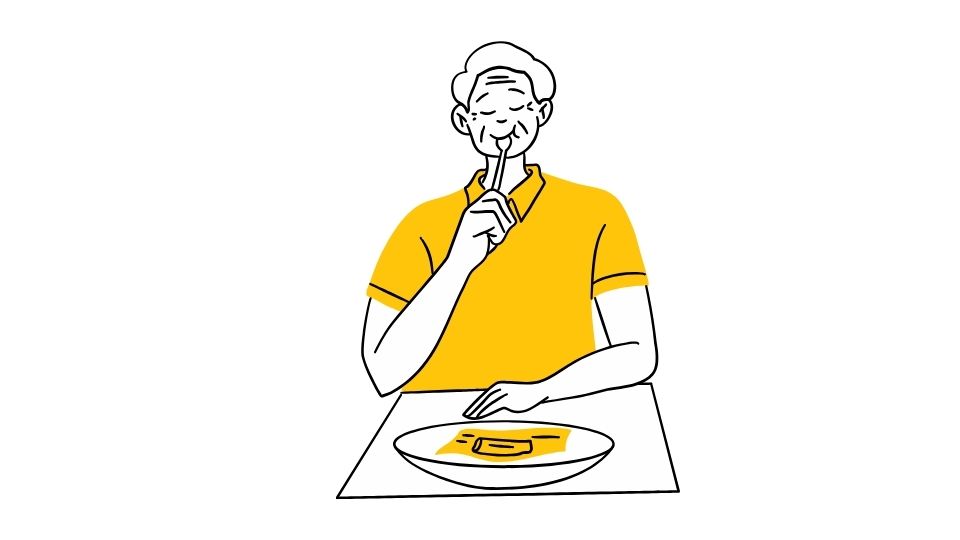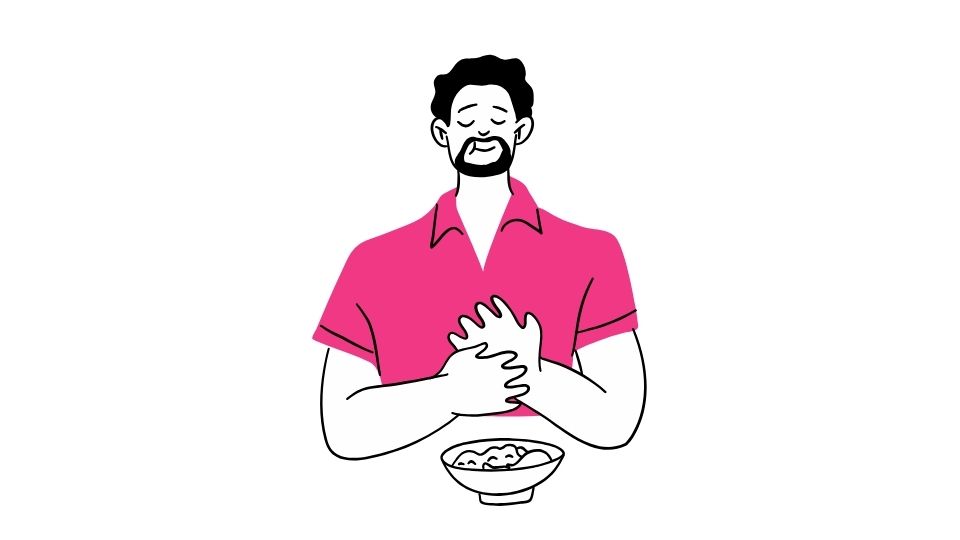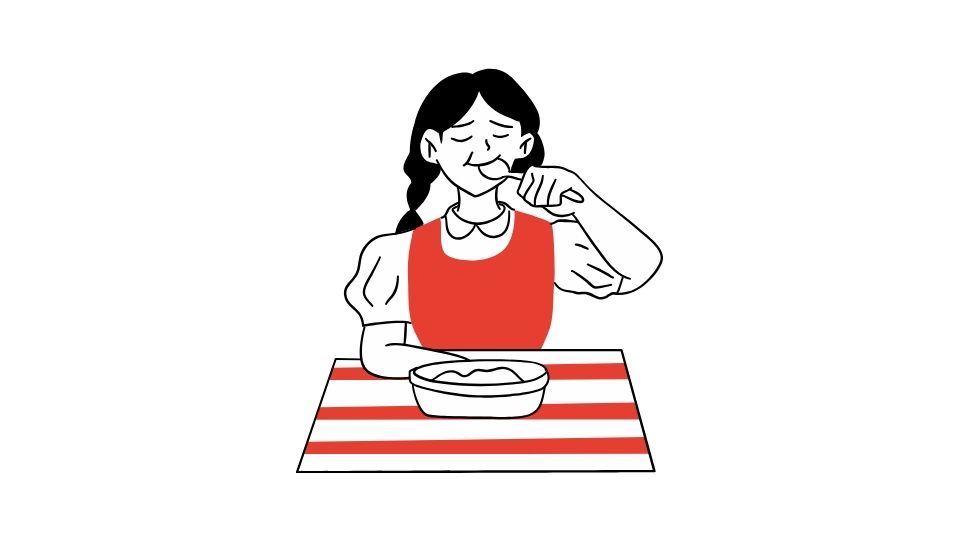Ever wonder how much fat you should actually be eating?
The official recommendation is that 20-35% of your daily calories should come from fat. Anything more than that (like getting half your calories from fat) would be too much for most people.
But don’t worry – I’m not here to tell you to cut all fat from your diet. Fat isn’t the villain it was made out to be in the ’90s.
Let’s dive into why your body needs fat and how much is right for you.

Why Your Body Actually Needs Fat
Fat gets a bad rap, but it’s actually a vital nutrient that your body can’t function without. Here’s why:
- Provides concentrated energy (9 calories per gram – more than double what you get from protein or carbs)
- Supports cell growth and maintenance
- Creates a protective cushion around your organs
- Helps produce important hormones (including sex hormones – so yes, you need fat for a healthy sex drive)
- Enables absorption of fat-soluble vitamins (A, D, E, and K) that support everything from vision to bone health
Without enough fat, your body would struggle with all these functions. So complete fat avoidance? Not a good idea.
How Much Fat Should You Actually Eat?

According to the Dietary Guidelines for Americans, adults should aim for 20-35% of daily calories from fat. Kids might need a bit more (25-35%) for proper growth and development.
What does that look like in real life? On a 2,000-calorie diet, you’d want:
- 44-78 grams of fat daily
- Keep saturated fat under 10% of calories (ideally under 6% if you’re concerned about heart health)
And for my data nerds out there (I see you), that calculation comes from dividing your fat calorie target by 9, since each gram of fat contains 9 calories.
Not All Fats Are Created Equal
Here’s where things get interesting. The type of fat matters as much as the amount:
The Good Guys: Unsaturated Fats
These fats are your friends. They help lower bad cholesterol and are great for your heart. You’ll find them in:
- Olive oil and avocados
- Nuts and seeds
- Fatty fish like salmon
The “Proceed with Caution” Crew: Saturated Fats
These should be limited because they can raise LDL (“bad”) cholesterol. The American Heart Association recommends keeping saturated fat under 6% of daily calories. They’re found in:
- Butter and cheese
- Red meat
- Coconut and palm oil
The Villains: Trans Fats
These are the real bad guys. They raise bad cholesterol, lower good cholesterol, and increase inflammation. Found in:
- Fried foods
- Processed snacks and baked goods
- Some margarines
The good news? Many countries have banned artificial trans fats, but they still lurk in some processed foods.
Weight Loss Myth-Busting: It’s Not Just About Fat

Let’s clear something up: eating fat doesn’t automatically make you fat.
Research shows that when it comes to weight loss, the most important factor is total calories, not whether those calories come from fat, protein, or carbs.
But here’s the twist – replacing saturated fats with polyunsaturated fats significantly reduces heart disease risk. So while the calorie count matters for weight, the type of fat matters for health.
Practical Tips for Balancing Your Fat Intake

So how do you put this into practice? Here’s my approach:
- Aim for that 20-35% sweet spot for total fat
- Keep saturated fat under 10% (ideally around 6%)
- Focus on unsaturated fat sources (olive oil, nuts, avocados)
- Read nutrition labels to track saturated fat content
- Avoid processed foods with trans fats
I personally like to think of it as “crowding out” the less healthy fats by focusing on getting enough of the good ones. When you’re enjoying plenty of olive oil, avocados, and nuts, you naturally have less room for the saturated and trans fats.
Tools to Help You Track Your Fat Intake
If you’re serious about optimizing your fat intake, tracking is crucial. But who has time to manually log everything?
That’s where meal tracking apps come in handy. The right app can help you monitor whether your fat consumption stays within that recommended 20-35% range, without driving you crazy with complicated food logging.
Some apps even let you text your meals and automatically calculate your macros, making it easy to stay on track without feeling like you need a degree in nutrition science.
The Bottom Line on Fat

Here’s what I want you to remember:
- 20-35% of your calories from fat is the sweet spot for most people
- Focus on unsaturated fats from whole foods
- Limit saturated fats to less than 10% of calories
- Avoid trans fats completely
Fat isn’t something to fear – it’s an essential part of a healthy diet. The key is getting the right amount and the right types.
And remember – research consistently shows that food quality matters more than obsessing over exact percentages. So focus on whole, minimally processed foods most of the time, and you’ll naturally end up with a healthier fat balance.




Leave a Reply